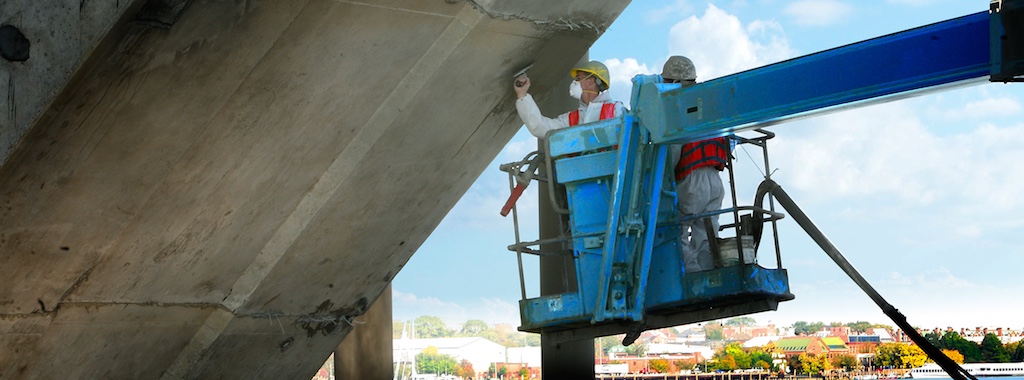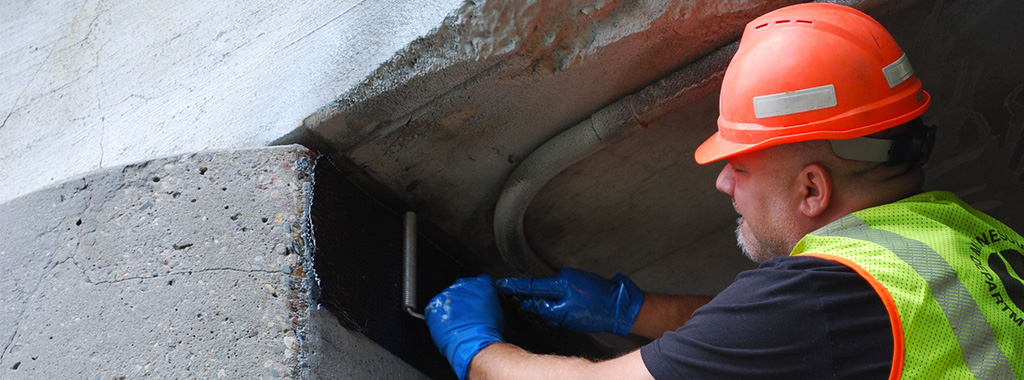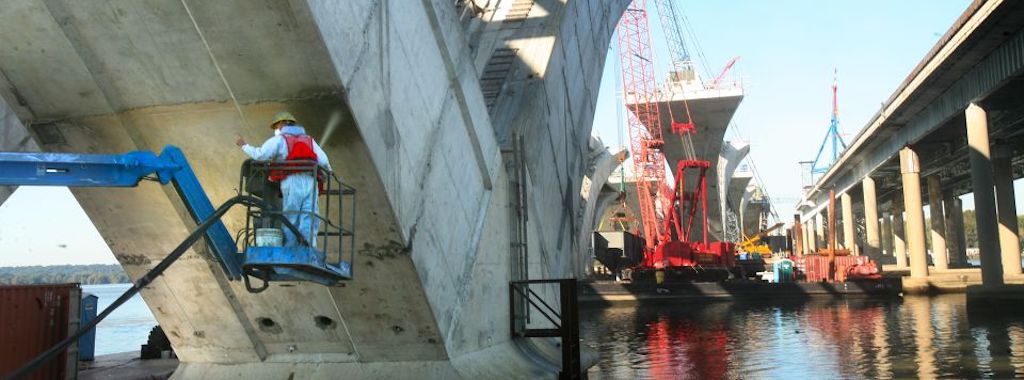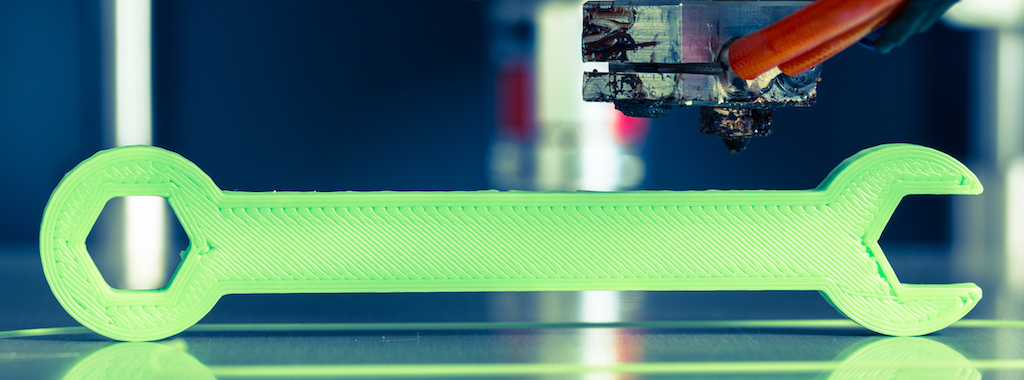Situated on the northwest coast of Oregon, the resort town of Seaside — population 6,685 — seems an unlikely place for advanced seismic and tsunami simulations. But just offshore Seaside’s charming 1920s boardwalk and its broad, sandy beaches famed for razor clamming, the Juan de Fuca tectonic plate is slowly sliding underneath the behemoth North American plate.
Continue reading “Little Locales Using Big Data to Prevent Bridge Failures”
Category: Construction Innovations
Carbon-Fiber-Reinforced Polymer: Exploring Industrial Applications
The fact that carbon-fiber-reinforced polymer (CFRP) is strong enough to replace bulkier strengthening materials can be a surprise even to some experienced commercial contractors. After all, carbon fibers are only 5 to 10 microns in diameter, a little wider than spider silk.
Intuitively, it doesn’t seem that these tiny fibers could be a major component of a concrete strengthening system several times stronger than mounted steel plates.
Continue reading “Carbon-Fiber-Reinforced Polymer: Exploring Industrial Applications”
Better Engineering for Stronger, Longer-Lasting Bridges and Wastewater Infrastructure
Eighty-one years ago this May, traffic opened on a newly constructed bridge span between Marin County, California, and the city of San Francisco. At 4,200 feet long and with towers 746 feet high, the steel suspension bridge was the longest and tallest bridge of its time. Built at a cost of $35 million, held together with 1.2 million rivets, and painted international orange from end to end, the Golden Gate Bridge was an instant symbol not just of California idealism, but of American engineering and construction might.
While the Golden Gate is no longer the longest or tallest bridge in the world, its iconic status has endured. Named one of the seven wonders of the modern world by the American Society of Civil Engineers, the Golden Gate enjoys regular special attention from 13 ironworkers and 28 painters who replace corroding steel and rivets with high-strength steel bolts and constantly touch up the span with paint to prevent corrosion.
Continue reading “Better Engineering for Stronger, Longer-Lasting Bridges and Wastewater Infrastructure”
3D Printing and Its Impact on the Building and Construction Industry
Whether you call it 3D printing, additive manufacturing or contour crafting, the ability to create something — from a small tabletop model to a livable home or towering skyscraper, to list just a few possibilities — out of paper-thin materials is intriguing, and promises to shape the future of our world. So promising is this recent technology, in fact, that manufacturing industries, government entities and educational institutions have made significant investments in 3D-printing technologies. These ventures, particularly those driven by partnerships, are shaping up to have a big impact on the building and construction industry.
Continue reading “3D Printing and Its Impact on the Building and Construction Industry”
Alternative Homes — the Impact of Rising Rents and Mortgages
After the collapse of the housing market in 2008, homebuilding is back on the rise, and the cost of housing is increasing nationwide. Enter: Alternative homes.
According to the United States Census Bureau, in the third quarter of 2017, the median asking price across the country for a vacant rental unit reached an all-time high of $912. In comparison, the median rental price for vacant units in 1997 was below $500 nationwide. That kind of an increase outpaces inflation, adding significant burden to the wallets of renters nationwide. What’s more, the Joint Center for Housing Studies of Harvard University (JCHS) reports that nearly 48% of renters in 2015 spent more than 30% of their income on housing, with lower-income homes being the most affected.
Continue reading “Alternative Homes — the Impact of Rising Rents and Mortgages”






